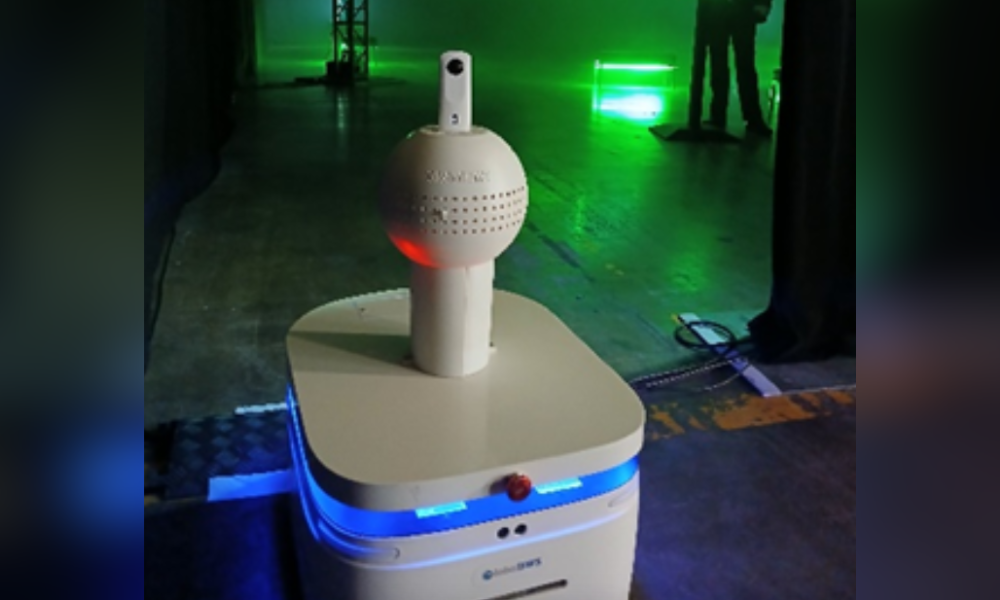
'It's a spy. The robot is a spy for management,' says union president

Federal public servants are expressing unease as a device they refer to as "the little robot" began roaming Gatineau office buildings in March.
The robot, developed by GlobalDWS as part of the VirBrix platform, is designed to collect data through a variety of sensors and a 360-degree camera, GlobalDWS co-founder Yahya Saad told CBC News.
"Using AI on the robot, the camera takes the picture, analyzes and counts the number of people and then discards the image,” Saad said.
The robot also measures atmospheric qualities such as noise, temperature, light levels and air quality, as well as CO2, methane, and radon.
Bruce Roy, national president of the Government Services Union, criticized the government’s use of the robot, calling it "intrusive" and "insulting."
"People feel observed all the time. It's a spy. The robot is a spy for management," Roy was quoted by CBC, translated from French.
He argued that existing methods of monitoring attendance and performance render the robot unnecessary, adding, "We believe that one of the robot's tasks is to monitor who is there and who is not […] Folks say, why is there a robot here? Doesn't my employer trust that I'm here and doing my work properly?"
There are also concerns about the data the robot collects – how it will be used and where it will be stored. Roy pointed out the robot’s potential to learn “intimate details” of employees’ routines, including washroom breaks.
The aim, according to Saad, is to optimize the work environment, making it more comfortable and productive for employees. “All these measures are done to save on energy and reduce the carbon footprint,” he explained.
Jean-Yves Duclos, Minister of Public Services and Procurement, refuted claims that the robot's purpose is to enforce in-office attendance. Instead, he stated, "These robots, as we call them, these sensors observe the utilization of office space and will be able to give us information over the next few years to better provide the kind of workplace employees need to do their job," he said in French.
The government is planning to cut its office space footprint in half over the coming years, reported CBC, and this technology is being used to assist that.
"These are totally anonymous methods that allow us to evaluate which spaces are the most used and which spaces are not used, so we can better arrange them," Duclos added.
While images are typically deleted after analysis, Saad acknowledged exceptions where images are retained at the employer’s request, CBC reported. However in those cases individuals’ “whole body, not just the face,” are blurred to maintain anonymity, Saad said.
"It isn't a spy. It only measures environmental health and safety measures, and the number of people in a space,” Saad said.
The robot is scheduled to return in July and October, and the government is considering extending its use. The federal contract to lease the robot is valued at $39,663 over two years, according to CBC News.